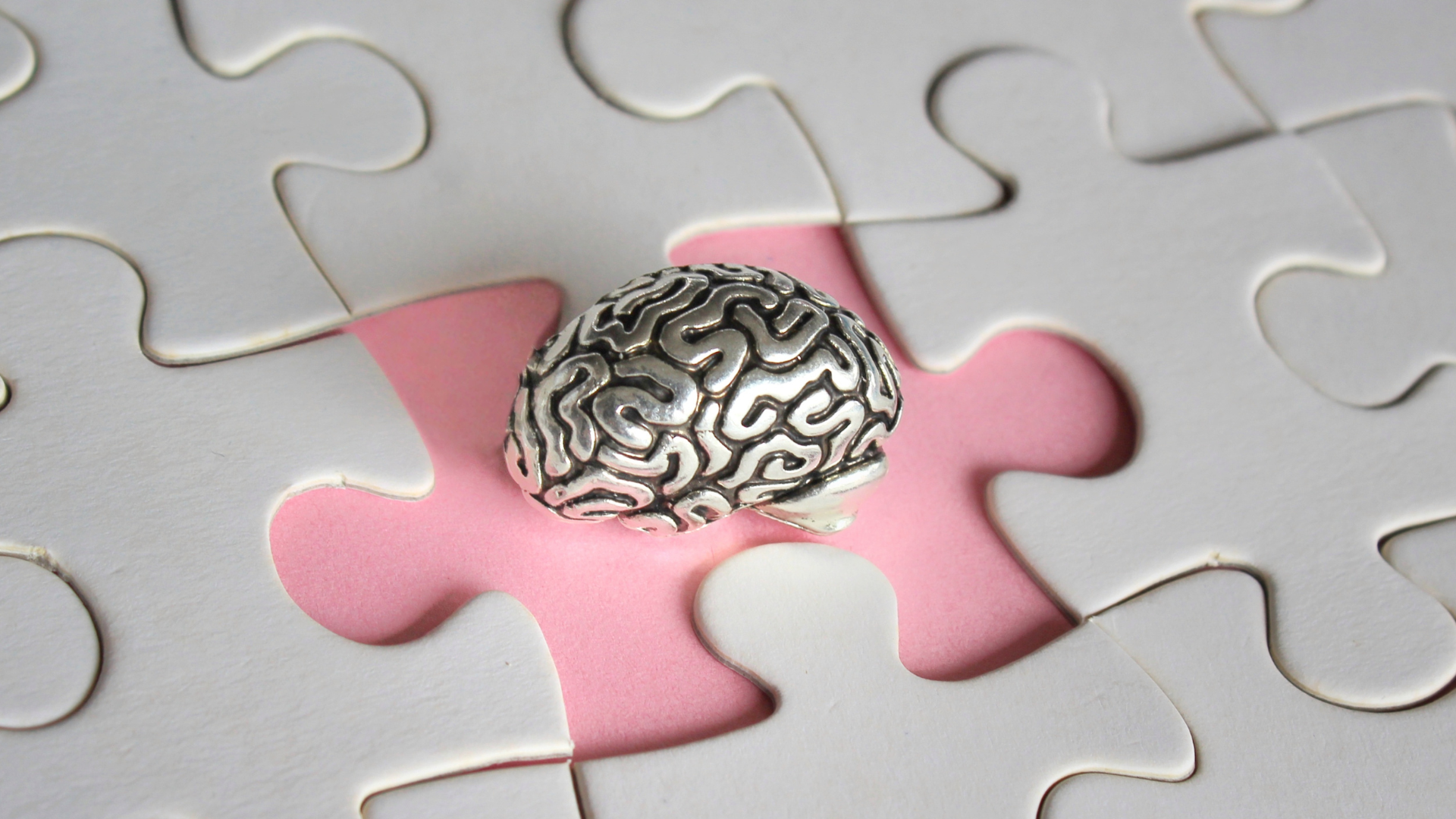A New Partnership To Get Through The Brain's Guardian
The Guardian Between Blood And Brain
The blood-brain barrier (BBB) stands as one of evolution's most sophisticated achievements. It is a selective membrane that has protected the brains of vertebrates for over 500 million years. Composed of tightly sealed endothelial cells connected by a network of molecular "tight junctions," the BBB selectively allows essential nutrients like glucose and oxygen to enter the brain while blocking approximately 98% of all other molecules.
While this isn't a design flaw but a life-saving feature, it is a problem for treating brain disease. The barrier prevents neurotoxic substances, pathogens, and harmful compounds from reaching neural tissue. The tight junctions between brain capillary cells are sealed with protein complexes that create an impermeable wall. Supporting this barrier are astrocytes and pericytes that form the neurovascular unit, maintaining the brain's pristine environment. And yet, this also stops most drugs from reaching the brain, leading to a tough question: how do we treat the brain when we can't reach it?
Why Previous Attempts Failed
In 1914, doctors realized that treatment for neurosyphilis did not reach the brain. Since then, the pharmaceutical industry has thrown countless approaches at the BBB problem. Direct brain injection proved invasive and dangerous, with limited drug distribution. Chemical modifications, nanoparticle carriers, and barrier disruption methods showed modest improvements, but none achieved the combination of safety, efficacy, and clinical practicality needed for widespread use.
The industry's response has been simple: retreat. Brain-targeted drug approval rates remain at just 6.2% compared to 13.3% for other drugs.
The Trojan Horse Strategy: Working With Biology, Instead Of Against It
In July 2025, Acumen Pharmaceuticals and JCR Pharmaceuticals announced a fundamentally different approach. Rather than breaking through the blood-brain barrier, they're convincing it to voluntarily open its gates.
Their strategy leverages receptor-mediated transcytosis, a natural process the brain uses to import essential molecules. The BBB contains specialized transport systems for molecules the brain needs. One such molecule is transferrin, which carries iron and is actively transported via specific transferrin receptors.
JCR is bringing its J-Brain Cargo approach to bypass the BBB. Here is how it works: Transferrin receptors on brain capillary cells normally bind transferrin molecules, internalize them in vesicles, transport them across the cells making up the BBB, and release them on the brain side. J-Brain Cargo attaches therapeutic molecules to antibody fragments that bind these same transferrin receptors, essentially hijacking the brain's own delivery service.
The approach is rather elegant, using the barrier's existing infrastructure while maintaining its protective function and integrity. Tight junctions remain intact, harmful substances are still excluded, and brain homeostasis is preserved. And there is proof it works. In 2021, Japan approved pabinafusp alfa (IZCARGO), the first intravenous enzyme replacement therapy crossing the blood-brain barrier for Hunter syndrome, and doing so by the hand of the J-Brain Cargo approach. Patients showed measurable improvement in neurological symptoms, creating a new benchmark of what was possible.
This clinical validation represents a shift in neurology: for the first time in over a century, a delivery technology successfully transported large therapeutic molecules across the barrier in a controlled, repeatable manner.
The Alzheimer's Test: Precision Meets Delivery
The partnership aims to treat Alzheimer's disease with Acumen's unique asset: sabirnetug, the first antibody to selectively target amyloid beta oligomers (AβOs). In Alzheimer's, accumulation of misfolded amyloid beta proteins creates many of the disease symptoms. When aggregating in soluble oligomers, they become highly neurotoxic. Sabirnetug specifically targets these soluble AβOs responsible for neurodegeneration, something no other antibody does. The selective targeting reduces side effects. Sabirnetug alone has shown benefits for patients, and a decrease in amyloid plaque as well as a decrease in AβOs interaction with dendrites and synapses.
The fusion strategy: Combining sabirnetug's precision with J-Brain Cargo's delivery could create the first Alzheimer's therapy reaching therapeutic brain concentrations safely. In most cases, only around 0.1% of antibodies make it from the blood to the brain, across the BBB. But with the J-Brain Cargo approach, a substantially higher quantity of sabirnetug might cross the BBB, reducing side effects of the treatment and increasing its effectiveness. The companies expect preclinical data in early 2026.
Why This Time Might Be Different
The difference lies in the philosophical approach. Previous BBB strategies were mostly adversarial, trying to overcome or disable the barrier. This partnership represents collaboration with biological reality rather than opposition to it.
The history of medicine teaches us that enduring breakthroughs work with nature rather than against it. Vaccines help the immune system; they don't defeat or replace it. Similarly, receptor-mediated transcytosis employs the barrier's own transport mechanisms rather than fighting them.
This approach also addresses scalability. The therapy uses simple intravenous infusion, available in any clinic worldwide, unlike complex surgical procedures or dangerous barrier disruption methods.
Cautious Optimism And Hope Grounded In Science
Several factors suggest this challenger might succeed where others failed. The underlying science uses natural biological processes refined over millions of years. Clinical proof-of-concept already exists with IZCARGO's Hunter syndrome success. The regulatory pathway is clearer following Japan's approval. Yet significant challenges remain. The partnership must prove that sabirnetug retains its selectivity when coupled with J-Brain Cargo. And more antibody reaching the brain could also increase side effects. The approach must work across Alzheimer's complexity and patient diversity, while ensuring safety.
After more than a century of failed BBB attempts, this latest challenger brings unique advantages. The combination of proven BBB-penetrating technology with precision-targeted therapeutics represents the most scientifically sound approach to brain drug delivery yet developed.
The blood-brain barrier has protected the human brain and consciousness for millennia. Can we now work with it to bring outside help to our brain when our body alone is no longer capable of sustaining itself? For millions affected by neurological diseases, the Acumen and JCR partnership represents hope grounded in scientific reality.
